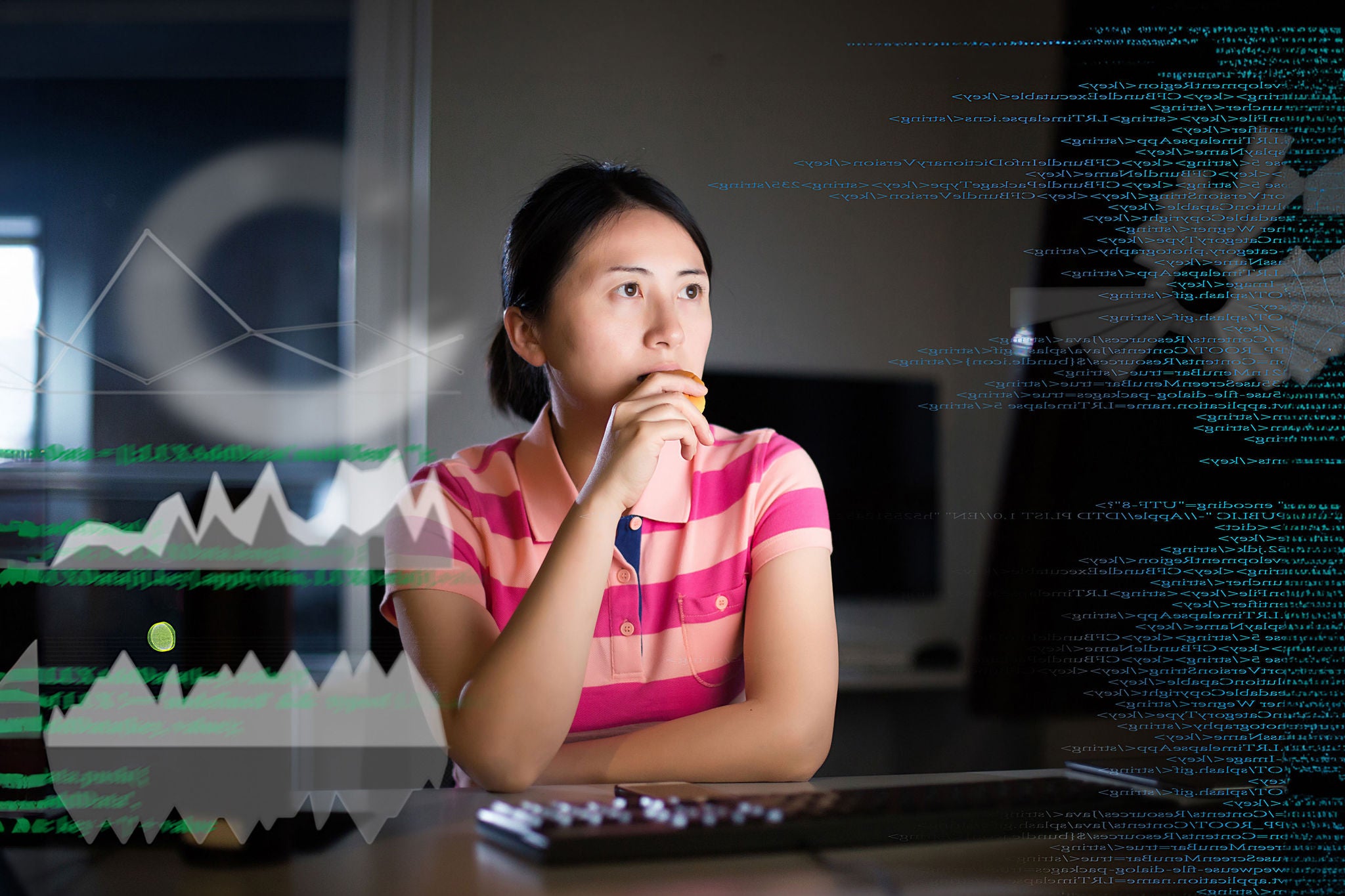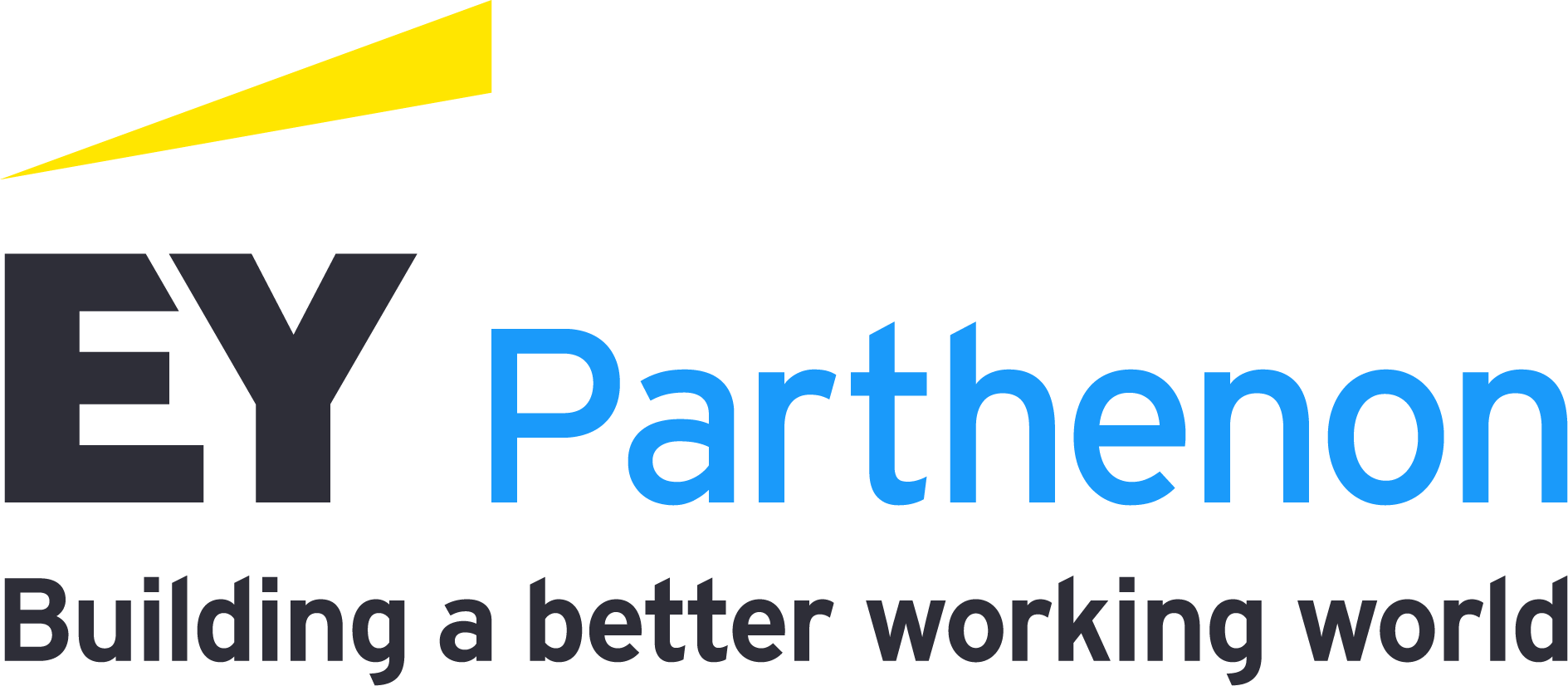Generative AI (GenAI) has emerged as an important catalyst for growth and innovation. In the previous articles of our series, we showed that the economic impact of prior technological revolution can be significant. We estimated that the GenAI revolution could lift global GDP by $1.7t to $3.4t1 over the next decade and meaningfully impact over half of the workforce globally.
Yet, GenAI risks and challenges could manifest in several ways, such as rising income inequality, increasing market concentration and “winner-takes-all” dynamics, and widening global disparities. These are important challenges that will need to be adequately tackled to harness the potential of GenAI in an inclusive way for households, businesses and economies throughout the world.
Our key findings are:
- The economic gains from GenAI could favor company profits at the expense of labor. As organizations adopt and absorb GenAI technologies, they may substitute capital for labor, which could lead to lower labor demand and reduce workers' bargaining power. Moreover, rising market concentration as the GenAI industry becomes dominated by a few large businesses may lead to higher markups and result in a growing fraction of productivity gains accruing to a few corporations.
- We predict that the uplift from GenAI will not be equally felt among households. In the case of the US, we estimated that the economic gains from GenAI will translate into a boost to household income worth between $675b and $1.3t2 over the next decade. Over 50% of the gain will accrue to households in the upper income quintile while less than 5% of it will accrue to the bottom quintile. Globally, the effects on inequality could be similarly biased with higher-income workers benefiting from outsized gains, especially in economies where inequality and income polarization are high.
- Wage inequality will likely increase as workers in high-paid occupations stand to capture a greater share of labor income gains. With GenAI showing the greatest potential to complement high-wage occupations relative to low-wage occupations, higher-wage workers are likely to see a disproportionate increase in their labor income, which could lead to a widening in inequality.
- GenAI development is likely to spur greater market concentration and create “winner-takes-all” business dynamics. GenAI technologies offer first-mover advantages and large economies of scale that could lead to a growing divide between artificial intelligence (AI) leaders and laggards and the rise of “superstar” businesses that could reap most of the GenAI benefits. The risk of oligopolies and vertical integration raises the stakes for regulators to offset potential negative externalities.
- The global economic boost from GenAI will be concentrated in countries at the forefront of GenAI development and those best equipped to harness the technologies. Pioneers in GenAI development such as the US and China and early adopters such as the UK, Canada, Japan, South Korea and India will probably benefit disproportionately from GenAI’s economic boost, while developing countries that are the least prepared for GenAI adoption in sub-Saharan Africa, Latin America and South Asia will likely lag behind.
Addressing these GenAI divides will require a multifaceted approach:
- At the workforce level, implementing policies that help mitigate the less desirable impacts of GenAI on workers such as job displacement, and supporting training and upskilling of the workforce, to enable these new technologies will be critical.
- At the country level, encouraging the diffusion of new technologies among smaller organizations and implementing business strategies and policies that promote increased market competition could help the spread of GenAI’s benefits are spread more broadly.
- At the global level, stronger cooperation to reduce technological disparities by expanding access to GenAI technology and infrastructure, and building digital skills could help bridge the GenAI divide.
To jump to a specific chapter, click one of the links below:
Chapter 1: Mind the gap: GenAI and inequality
Chapter 2: Superstars and winner-takes-all effect
Chapter 3: The global GenAI divide











